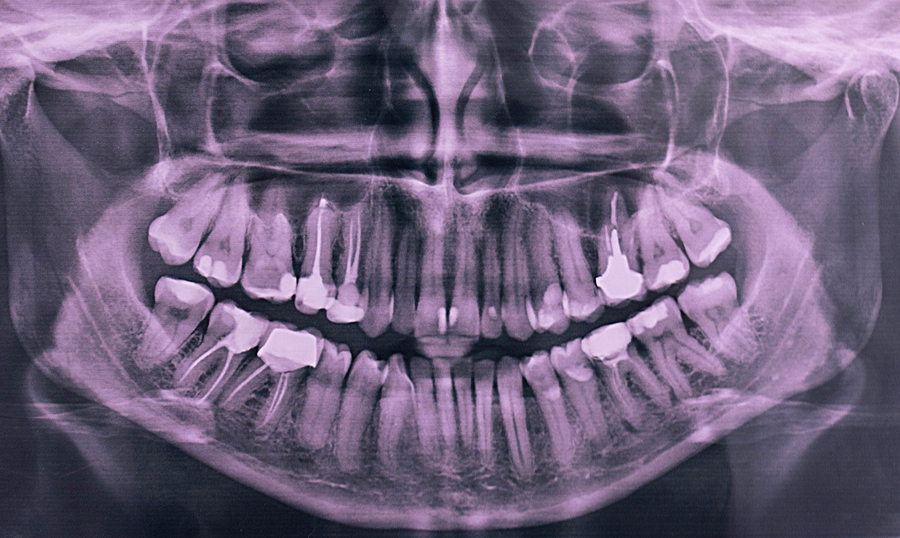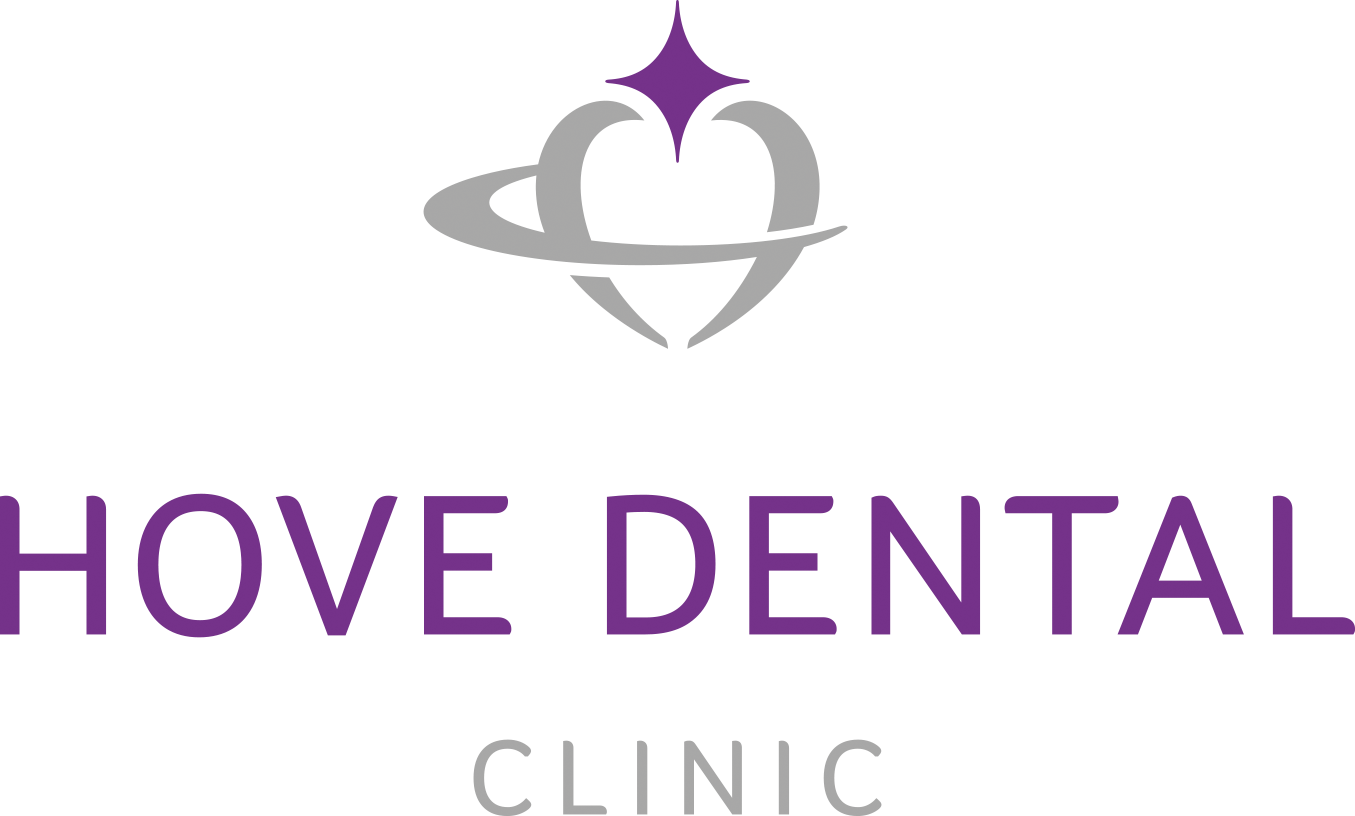Using a dental X-ray machine is common practice in dental healthcare. With X-ray equipment, a dentist can diagnose a range of oral health issues in the teeth and jaws. Today, dental imaging normally uses special digital imaging techniques to take a detailed picture of your teeth – and may lead to further dental treatment depending on the results.
There are two main types of digital X-ray imaging – intraoral (inside the mouth) and extraoral (outside the mouth). A dental X-ray machine can detect some of the following common issues deep within the teeth:
- Tooth decay: It can be difficult to spot the signs of tooth decay with the naked eye. However, the digital sensors result in an extremely detailed X-ray film that can reveal the state of the teeth very clearly. Digital dental imaging plates are much more precise and make it easier to spot signs of tooth decay.
- Gum disease: Because a digital X-ray will look at the bones underneath the soft tissue, dental X-ray services can assess the damage of any existing gum disease and track its progression. An X-ray beam will give you a clear way to assess the amount of bone loss that gum disease may have caused.
- Bone changes: If you have had root canals, implants and many other dental procedures then your teeth and jawbones may have changed. By using a dental X-ray, it is possible to see underneath a tooth without removing an implant and determine the health of every individual tooth.
Dental X-rays are a normal and safe method of assessing the health of your teeth and bones and will involve minimal radiation exposure that is at perfectly healthy levels. If you require dental X-ray services in the Brighton and Hove area you can visit our clinic, where we provide a wide range of dental treatments. Get in touch today.

How Does a Dental X-Ray Work
The process of a dental X-ray is very straightforward and routine, you will be mostly unaware of any sensations and the only sign that an X-ray is taking place is the noise of the machine. Intraoral X-rays, meaning the X-ray film is inside the mouth, can be slightly more uncomfortable in some cases.
Digital dental X-rays are very detailed, and dentists can enhance them or change the size to get a better image. Overall, the X-ray procedure is usually as follows:
- Preliminary check-up: A dentist will ordinarily carry out a check-up using their standard examination tools and to take a quick check of your overall oral health. This is a preliminary check and X-rays may be done regardless of what the dentist sees as a precaution and to spot any invisible underlying issues.
- X-ray positioning: The dentist will position the dental X-ray machine, either on the outside or inside of the mouth, and prepare to take the X-ray. The dentist and any other person present will normally step away from the machine to take the X-ray, as consistent exposure to radiation is a hazard for dentists.
- Taking the image: Using a remote switch, the dentist will take the X-ray – which you will notice when the machine makes a few short clicks and some whirring or buzzing as the mechanism operates. The process is extremely fast and you will not feel any pain.
If you have ever had an X-ray or undergone a procedure such as computed tomography (CT) scanning you will be familiar with the experience of a dental X-ray. It is a very quick yet important procedure.
If you are a nervous patient, make sure you select a dentist who specialises in providing care for people living with dental phobias.
Who is More Likely to Need Dental X-Rays?
At some point, most people will need a dental X-ray. The majority of people will have been having X-rays on their teeth from a very young age. However, several groups are more likely to require multiple X-rays, these include the following:
- Children: As a child’s teeth and jaws develop, there is a greater risk for tooth decay to occur. A dental X-ray can help to detect any issues, as children’s teeth develop they may have more X-rays than when their adult teeth have formed.
- Adults: Adults with a lot of fillings, veneers and other dental work will need X-rays more frequently, to see underneath the teeth and look for signs of decay. Adults with existing tooth decay may also develop it in other places.
- Smokers and people with high-sugar diets: Smoking can easily lead to gum disease and consuming a lot of sugar means that cavities are much more likely to develop. Both groups will require more frequent dental X-rays.
High-risk groups might have more frequent dental X-rays, as well as more visits to the dentist in general. Practising good dental hygiene is the best way to avoid having to undergo frequent X-rays on your teeth, as well as many other health issues.
Everything You Need to Know About Dental X-Rays
There are a wide variety of different tests that a dentist can undertake to make their judgment on the health of your teeth and gums. Dental X-rays are just one component of caring for your teeth and can detect hidden problems, such as tooth decay, deep within the root of each tooth. Dental X-rays are perfectly safe.
Using a digital X-ray scanner is a painless and useful diagnostic tool for all patients, but most notably children, smokers, people with high sugar diets and adults who have had extensive work on their teeth such as fillings or veneers. You can use our dental X-ray services in the Brighton and Hove area by visiting our clinic, where we specialise in treating nervous patients. Please feel free to get in touch with us today.





















